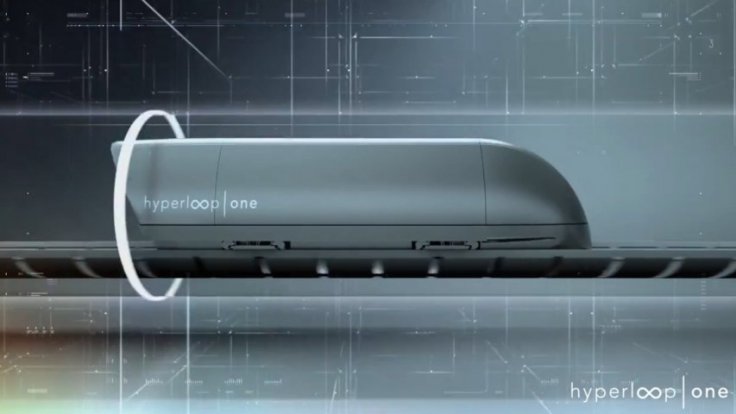
In a major boost to the first hyperloop in India, the Maharashtra government has announced that the project between Pune and Mumbai would be turned into a public infrastructure project. As per the claims by the developers, the duration between Pune and Mumbai will come down to only 25 minutes as against more than 3 hours presently.
In a notification issued on November 2, Maharashtra government's urban development department declared the Pune-Mumbai Hyperloop project as a public infrastructure project. The ambitious project's original proponents are DP World FZE and Virgin Hyperloop technologies inc. The state government has given the approval to the project under the recently enacted Maharashtra Infrastructure Policy Act (2018).
With so much talk in the town about this project, let us break down all about the Hyperloop.
What is Hyperloop?
The Hyperloop was first proposed by the US billionaire and entrepreneur, Elon Musk. Basically, Hyperloop is a transportation system that would propel people - or cargo-filled pods over long distances through steel tubes.
Hyperloop will work on the concept of magnetic levitation that would push the cargos at the speed as high Mach 1 and big vacuum pumps would eliminate the friction and air resistance. The developers believe Hyperloop would be even cheaper and better for the environment than the planes, trains, and cars.
How does Magnetic Levitation work?
Magnetic levitation is the method by which an object is suspended with no support other than magnetic fields. The polarity of the lower parts of the train and the tracks are configured in such a way that trains appears to be suspended in the air. This phenomenon is used in the Maglev and bullet trains all across the world.
What is the status of Hyperloop in other countries?
The United States is at the forefront of developing this transportation marvel with Virgin Hyperloop leading the innovations. The company has one full-scale hyperloop test site at the Nevada Desert in North Las Vegas.
Maharashtra CM Devendra Fadnavis with his team had witnessed a live demonstration of the 500-meter test-track at their full-scale facility. Apart from the US, China has also shown interest in the technology.








